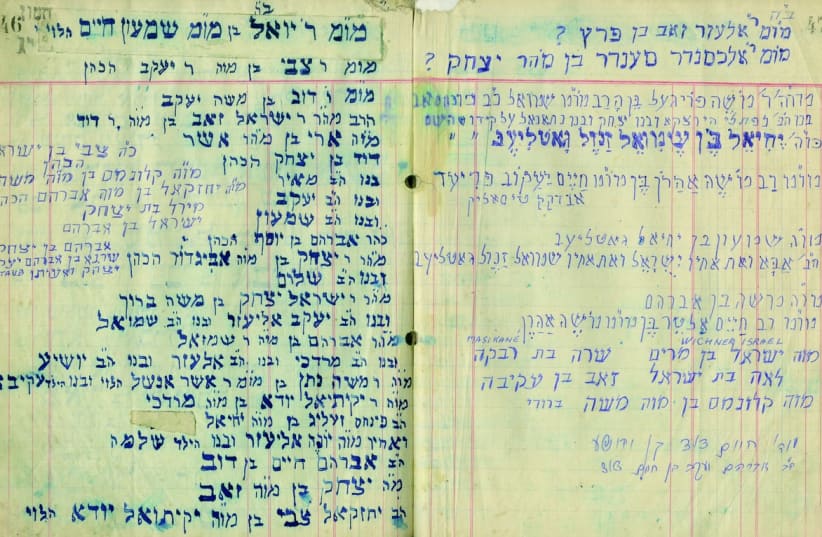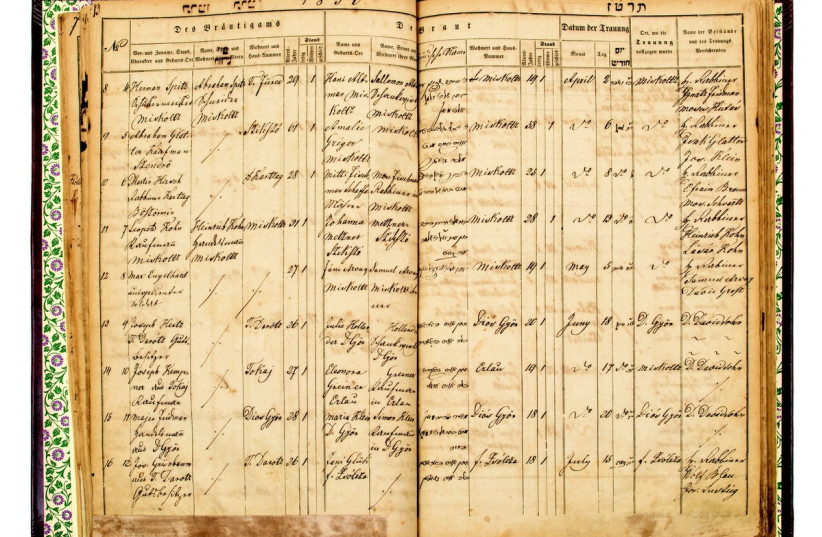The Hungarian Jewish Museum and Archives (HJMA) and the National Library of Israel (NLI) purchased seven 19th and 20th-century documents related to Jewish life, in what is now Hungary.
These documents include birth, death, and marriage records from Jewish communities, many from the time of the Holocaust and after World War II.
The items were put up for auction in August 2021 but were removed after activists protested. The HJMA and NLI plan to make the documents available for free online and preserve them in archives.
"We are convinced that privately-held Jewish community heritage documents should ultimately reside in public archives and libraries. Sale or donation to such public institutions is the ideal permanent solution. Only professional archives with an active digital presence and a dedication to the preservation of Jewish heritage can properly care for these documents. We encourage all those who hold such artifacts to approach the NLI, HJMA, or other professional archives for a similar arrangement," The HJMA said in a statement.
"These are not the kind of documents that should be kept in private hands, inaccessible to the public," the statement added.
Many similar items were removed from auction or seized by law enforcement in 2021, which has the effect of making them more difficult to preserve in archives, the HJMA noted.

